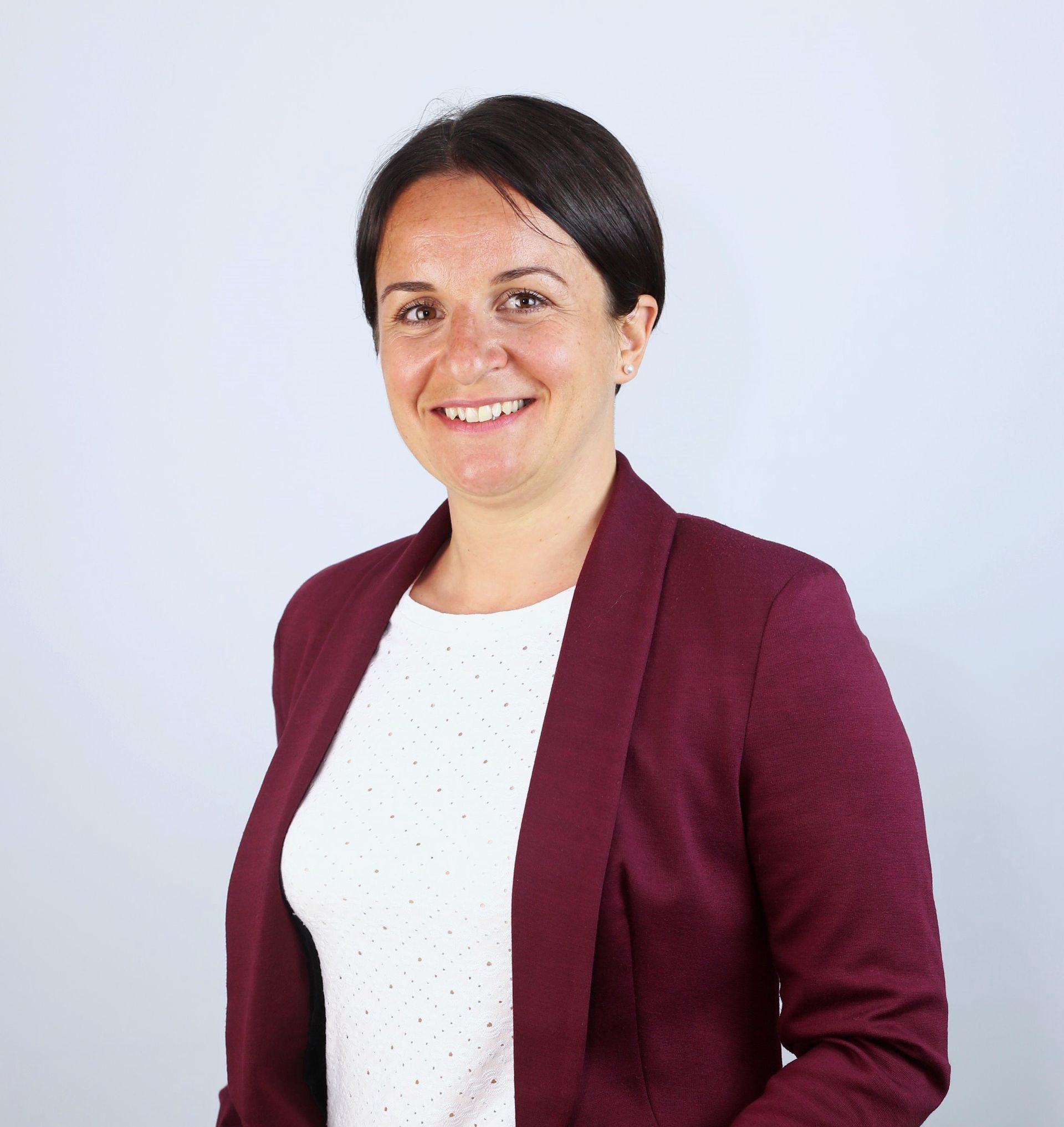How Virtual Reality (VR) Is Enhancing Medical Technologies
Virtual reality (VR), augmented reality (AR), and mixed reality (XR) are being increasingly integrated into medical technologies, with applications across education, surgical planning, patient rehabilitation, and mental health. These developments are supported by advancements in hardware, software, and imaging, enabling more precise, data-driven approaches in clinical settings.
Virtual Reality in Medical Education and Training
VR allows medical students and professionals to train in simulated environments. Unlike traditional methods that rely on cadavers or observational learning, VR provides interactive, repeatable scenarios. These simulations can replicate anatomical structures and surgical procedures with high accuracy, reducing the learning curve and improving procedural competence. Platforms such as Osso VR and PrecisionOS are already in use in medical institutions for orthopedic and general surgical training.
Virtual Reality for Surgical Planning and Intraoperative Support
Surgeons are using VR to plan procedures based on patient-specific imaging data. 3D models generated from MRI or CT scans can be explored in a virtual space, improving spatial awareness and procedural accuracy. This approach is particularly useful in complex cases, such as neurosurgery or reconstructive procedures, where precision is critical. Some systems combine VR with robotic-assisted surgery, offering enhanced control and reducing the margin of error. Preoperative planning in VR can also reduce operation time and improve outcomes. Materialise is a leading MedTech company offering software solutions for 3D printing and 3D surgical planning at the point of care.
Virtual Reality for Rehabilitation and Motor Recovery
VR is being applied in physical therapy for post-operative recovery, neurological rehabilitation, and treatment of motor disorders. Patients engage in structured, gamified exercises within virtual environments, which can be adjusted in real-time based on performance. This improves engagement and adherence compared to traditional physical therapy. Therapists can collect and analyze motion data during sessions, enabling more targeted treatment plans. Applications are being tested in stroke recovery, Parkinson’s disease, and orthopedic injury rehabilitation.
Virtual Reality for Mental Health and Pain Management
VR is also being used in psychological therapy and pain control. Exposure therapy for phobias, PTSD, and anxiety disorders can be conducted in controlled virtual environments. Pain perception can be reduced through immersive distraction techniques, which have been used in burn units, dentistry, and labor wards. Clinical studies have shown reductions in reported pain levels and anxiety when VR is used as a complementary treatment, potentially lowering dependence on medication.
Attend the
2nd International Conference on Virtual Reality in Mental Health – Into the real – June 12-13 2025 in the vibrant city of Helsingborg, Sweden, to meet researchers and experts.
Virtual Reality for Remote Collaboration in Medicine
In telemedicine and collaborative care, VR facilitates shared virtual workspaces. These can be used for remote consultations, multi-disciplinary planning, and education. VR-based telepresence platforms are being developed to enable clinicians to review patient imaging and discuss cases in real time, regardless of location. This is especially relevant in underserved regions or during emergencies, where access to specialists may be limited.
Veyond Metaverse, based in California, is a pioneering MedTech startup in the field. Creating an immersive experience, the team connects healthcare professionals across different locations, fostering unity and collaboration.
Virtual Reality is contributing measurable value across various areas of medicine. While there are barriers such as cost, regulatory requirements, and technical limitations, adoption is growing steadily. Clinical trials and pilot programs continue to expand the evidence base, and as systems become more scalable, VR is expected to play a standard role in healthcare delivery and training.
Emi Lecret
Helping innovative medical organizations make a difference and improving patients' lives
Read more about my services or get in touch with me today at contact@emilecret.com









